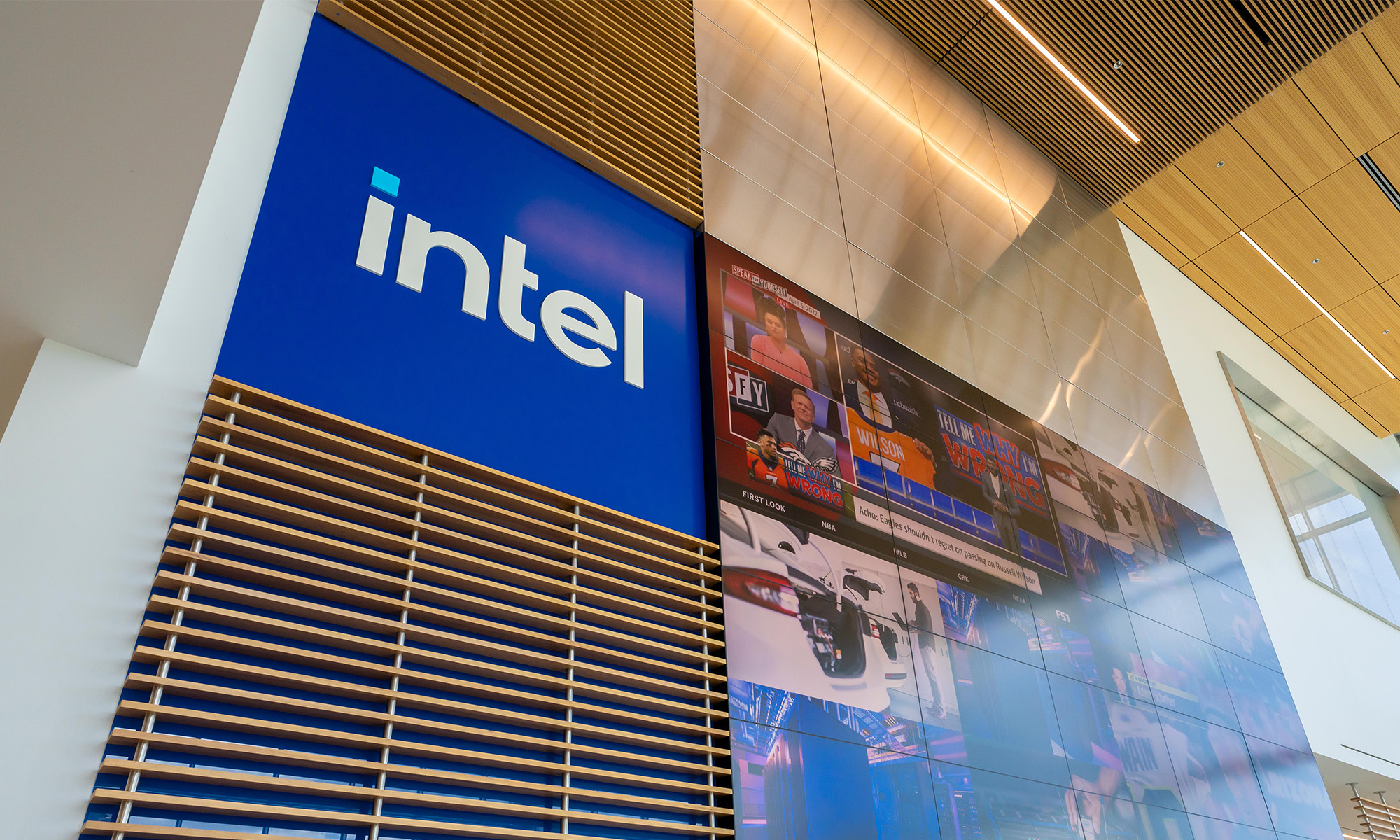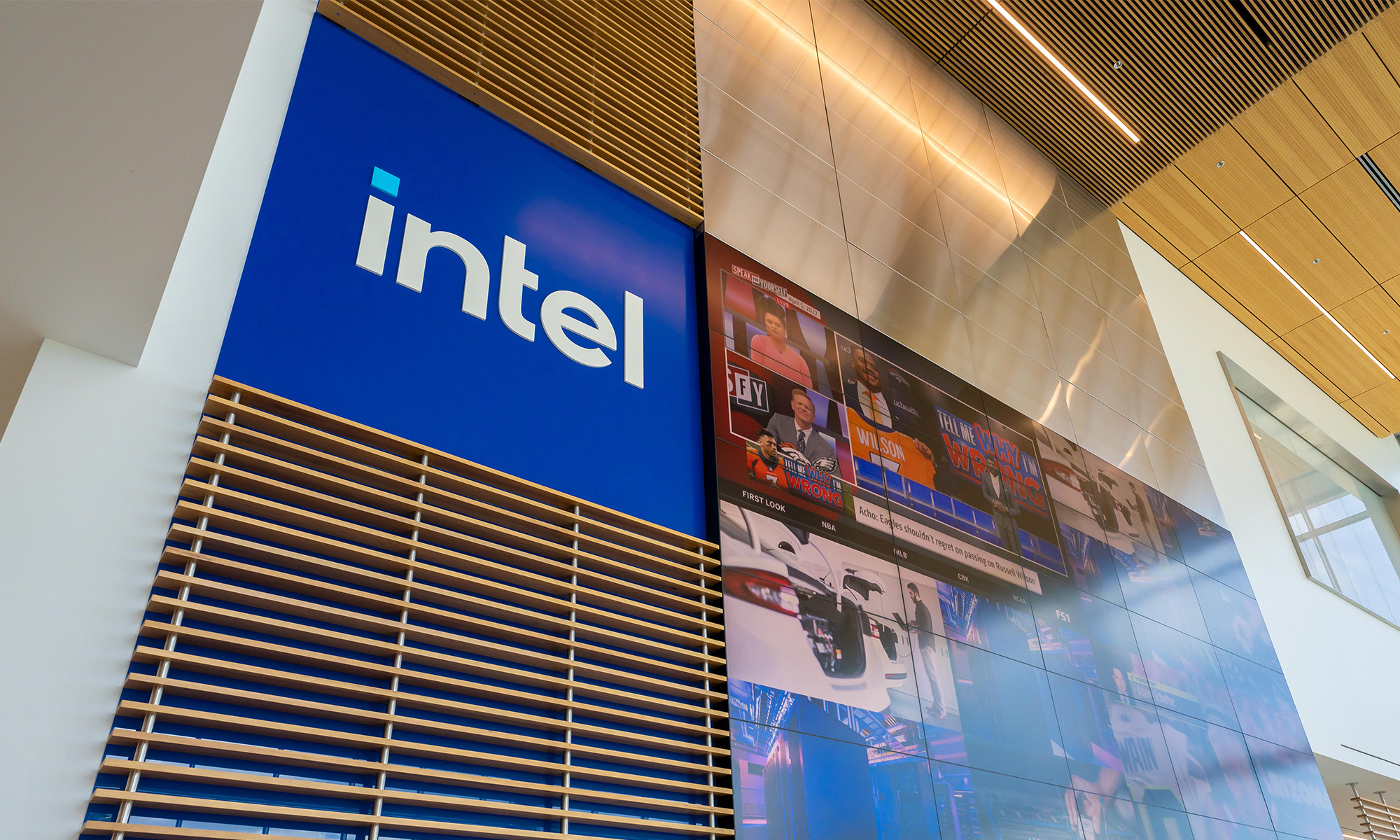Semiconductor giant Intel (INTC +1.52%) is in the process of resetting its artificial intelligence (AI) strategy under new CEO Lip-Bu Tan. The company's attempts to break into the AI training market failed, with its Gaudi line of AI chips hobbled by immature software, and its next-generation Falcon Shores GPU scrapped as a commercial product. Recently, Intel unveiled Crescent Island, a new GPU aimed at AI inference workloads and focused on efficiency.
Outside of GPUs, Intel's Xeon server CPUs are another weapon in the company's AI arsenal. Intel's Xeon 6 CPUs can be paired with GPUs, but they also provide a significant amount of AI inferencing capacity on their own. One example Intel gave earlier this year was a 38-core system capable of running AI inference on 38 camera streams in a video edge server simultaneously.

Image source: Intel.
Cisco chooses Intel's Xeon 6 for new edge computing platform
On Monday, Cisco Systems announced Cisco Unified Edge, a new computing platform for AI inferencing and agentic AI workloads outside of data centers. Cisco's new systems can be deployed in retail stores, healthcare facilities, factories, and anywhere else data is created and processed.
Cisco Unified Edge combines compute, storage, and networking, providing modular configurations that can include GPUs when required. For the CPU, Cisco has chosen Intel's Xeon 6 server CPUs. "By combining our silicon innovation with Cisco's networking and compute expertise, we're not just connecting edge locations -- we're extending the full power of the data center to wherever data needs to be processed," said Intel Network & Edge Group VP Cristina Rodriguez in Cisco's press release announcing the new product.
Cisco's bet on AI inference and agentic AI workloads moving to edge computing environments looks like a winning proposition. BCC Research predicts that the market for edge AI will grow by 36.9% annually through 2030 to $56.8 billion. While high-powered data centers full of the faster AI GPUs will remain necessary for some AI workloads, lighter AI inference tasks, particularly those that need to be done in real time, are a perfect fit for edge AI systems.
Intel's data center business needed a win
Intel has lost considerable market share to AMD in the server CPU market over the past few years. While Intel had a near-monopoly a decade ago, its unit share of the x86 server CPU market has fallen to just over 70%. Semiconductor manufacturing issues that had Intel's server CPUs stuck on older processes were partly to blame.
Intel's latest Xeon 6 server CPUs, which are code-named Granite Rapids, mark a significant improvement. Xeon 6 uses the Intel 3 manufacturing process, enabling the company to boost core counts, performance, and efficiency to better compete with AMD. Intel's next-generation server CPUs are set to use its advanced Intel 18A manufacturing process.

NASDAQ: INTC
Key Data Points
Intel expects its data center business to rebound in the fourth quarter as the company prioritizes server CPUs over low-end PC chips. Intel has a shortage of capacity for its older manufacturing processes, and it's shifting production toward server CPUs to meet demand.
In 2026, Intel will launch Clearwater Forest, it's next major server CPU. Clearwater Forest will be focused on high core counts and efficiency, and it will make use of new technologies like backside power delivery thanks to the Intel 18A process. Rumored to feature as many as 288 efficient CPU cores and be branded as Xeon 6+, Clearwater Forest is positioned for workloads where performance per watt and core density matter.
Later in 2026, Intel will launch Diamond Rapids, the successor to Granite Rapids, under the Xeon 7 banner. Diamond Rapids will have more powerful cores than Clearwater Forest, positioning the chip family for workloads that benefit from greater performance.
While it will take time for Intel's data center business to stage a comeback, the inclusion of Xeon 6 chips in Cisco's new edge AI platform is a win for the struggling chip company. As more AI workloads move away from the data center, Intel's early AI fumbles may start to matter less as the company benefits from edge AI demand.





